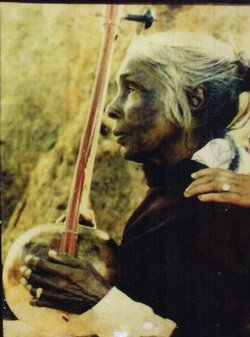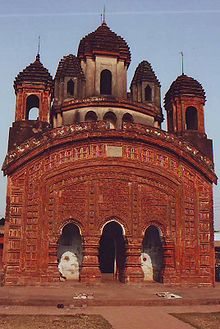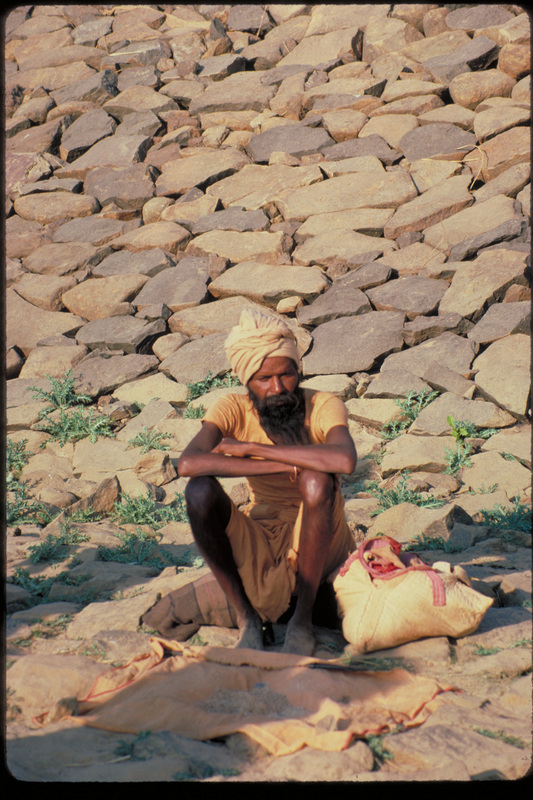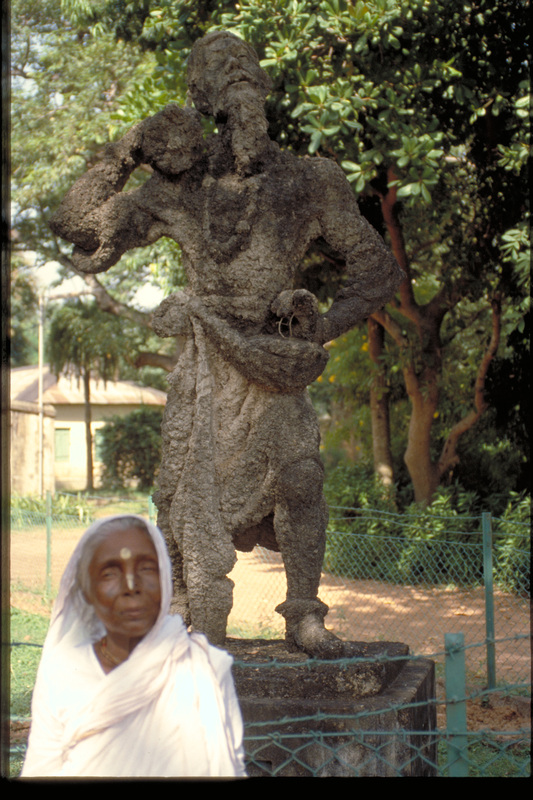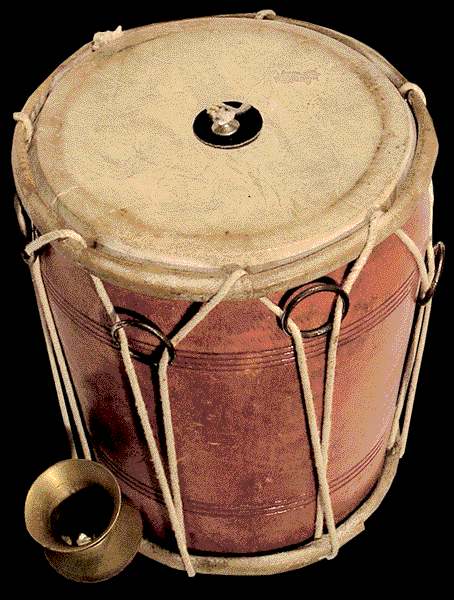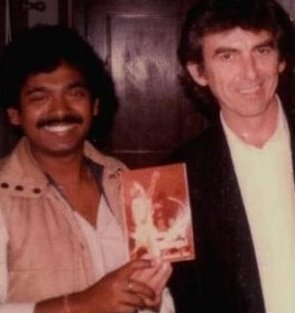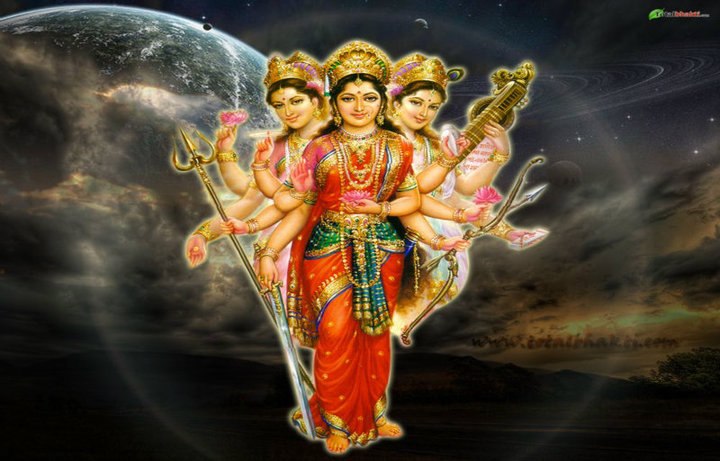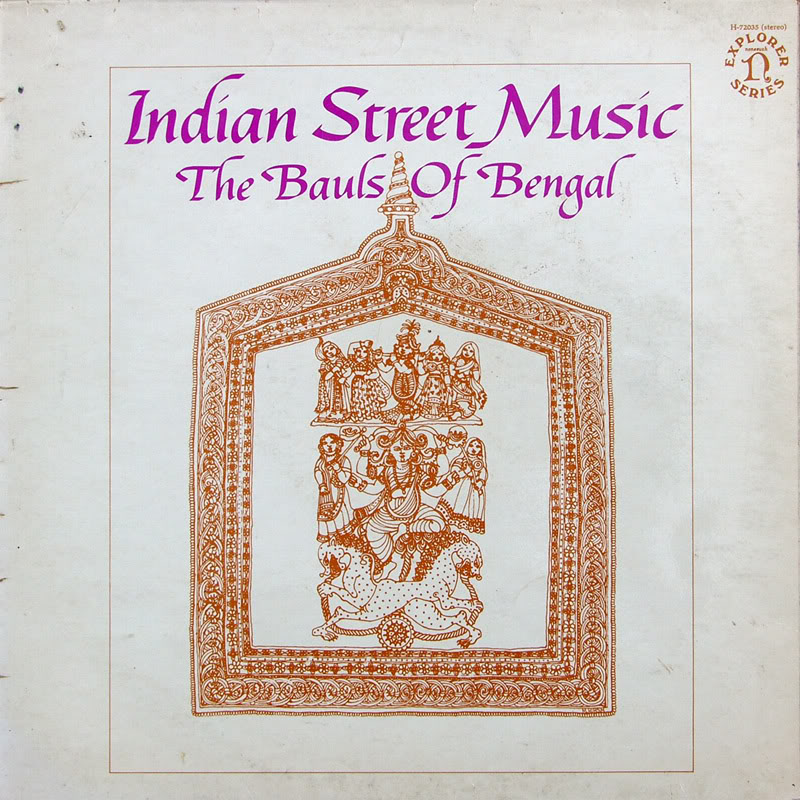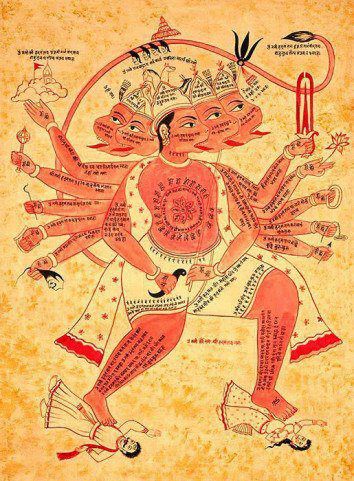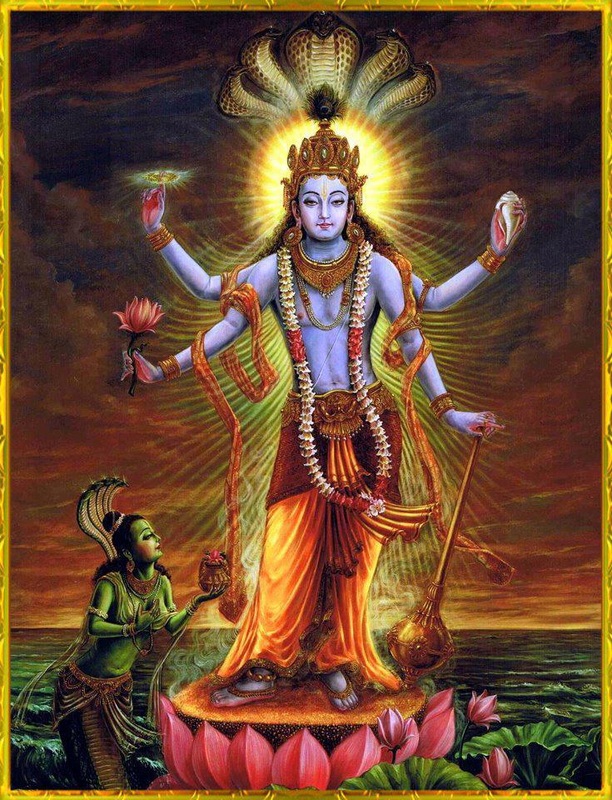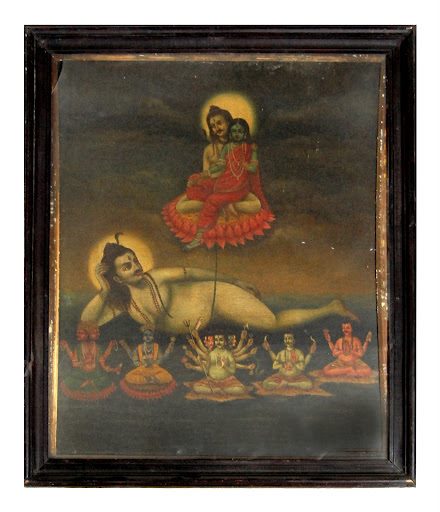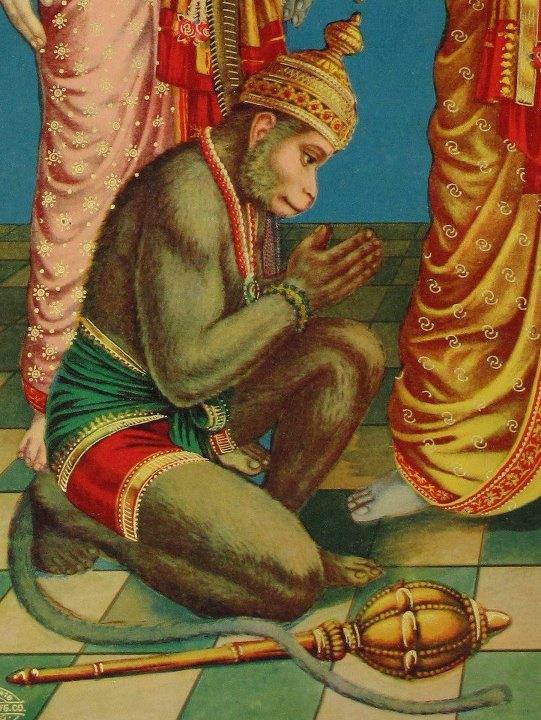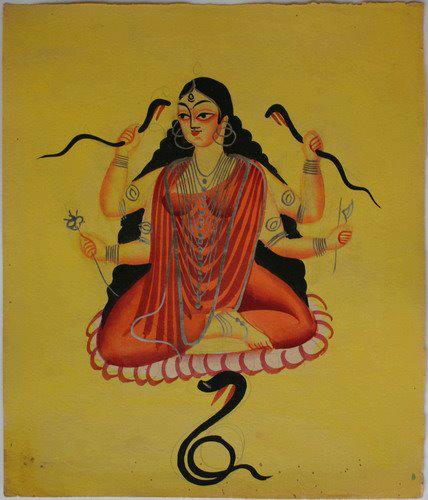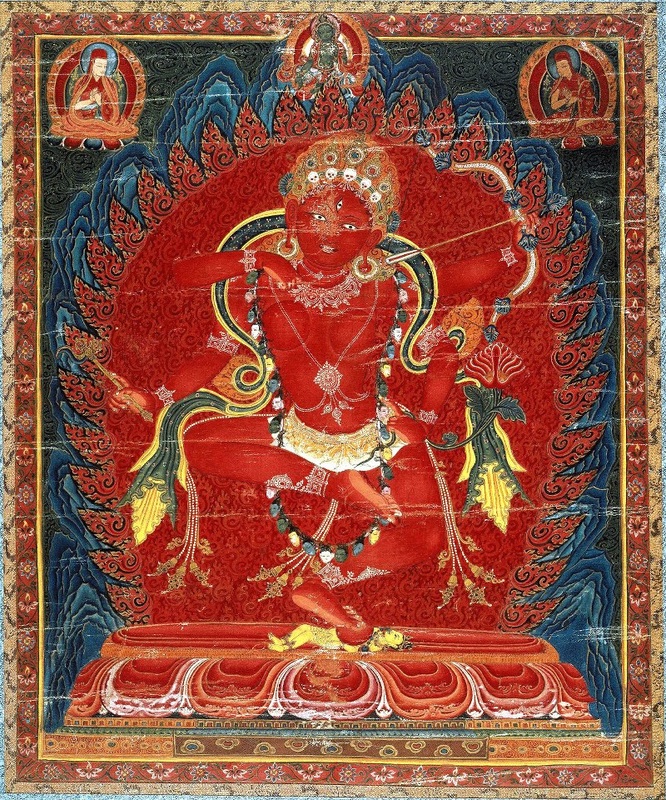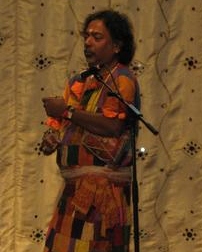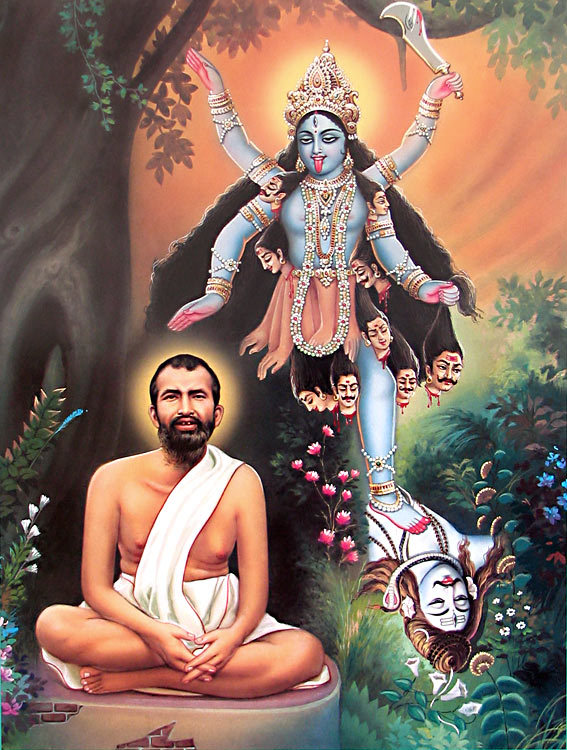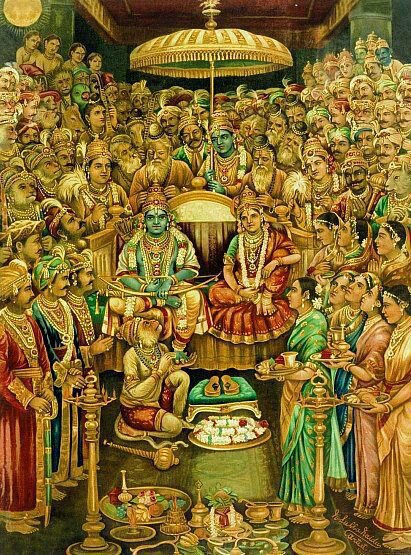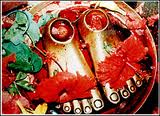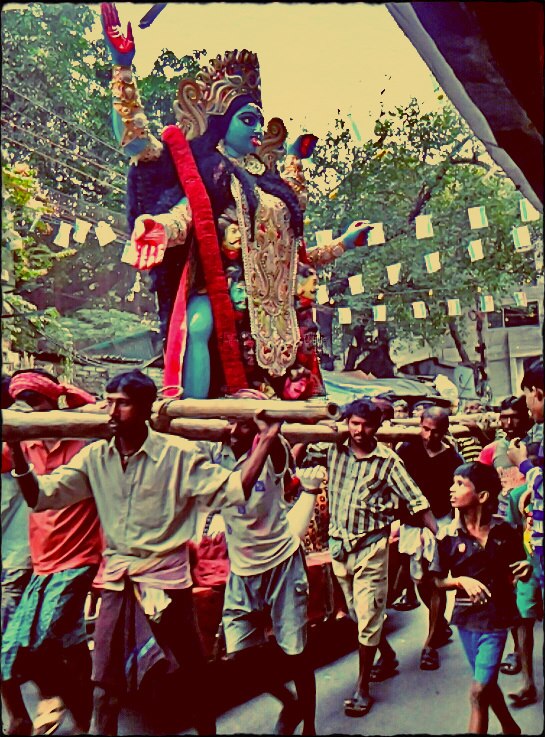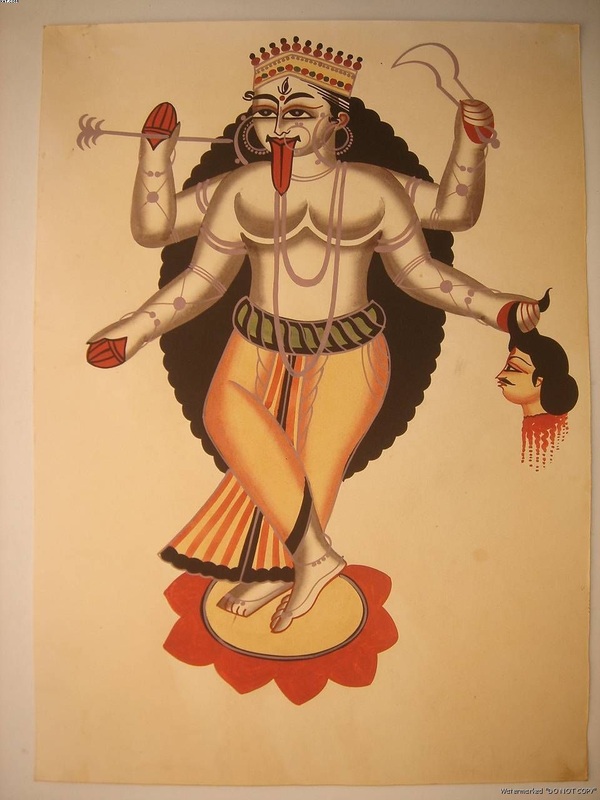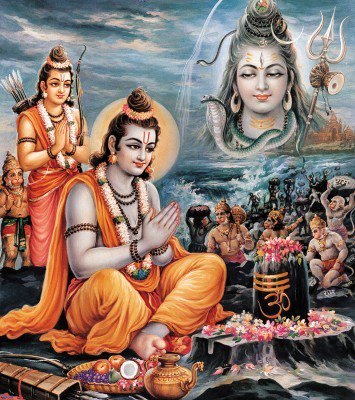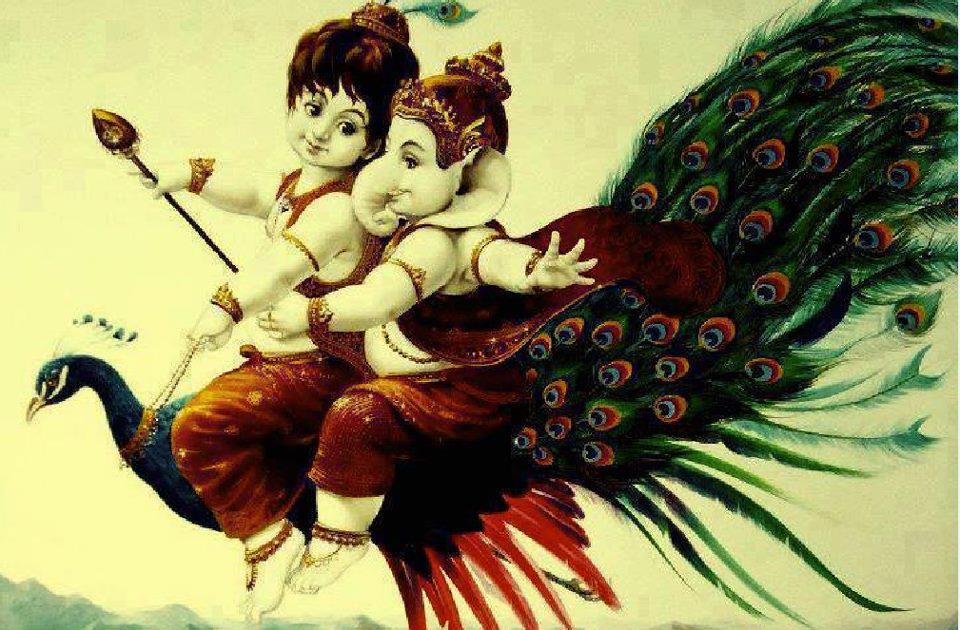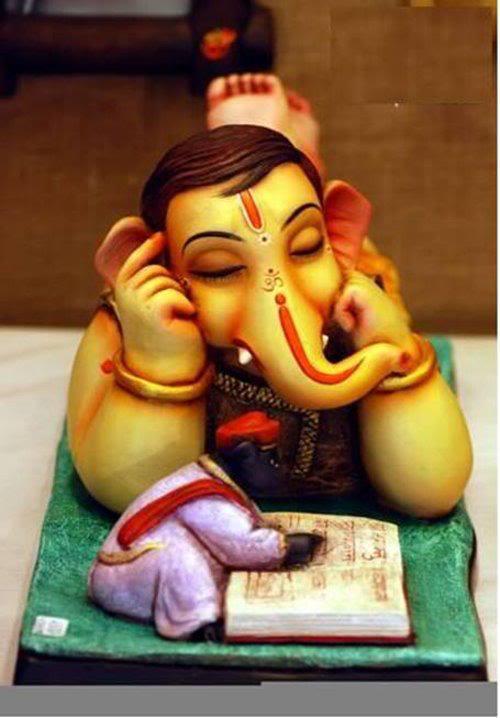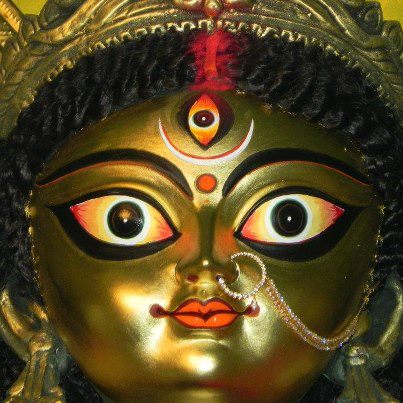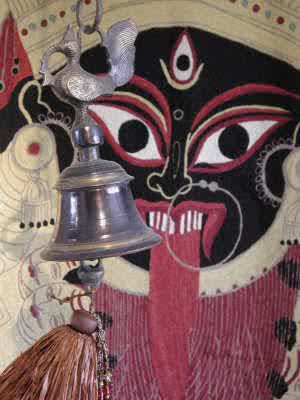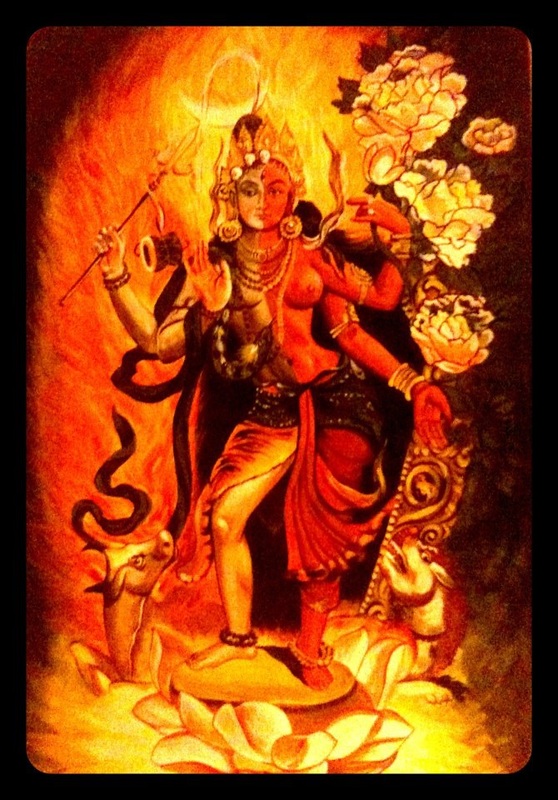"Baul is like Sadhu, they have songs that they sing called Sadhu Sanga
Bauls do not believe in Rules and Regulations, to be at this level of understanding one is beyond pre-school, they already know which will lead them to the highest and which will not. Bauls are not beginners they are ancients.
Bauls are free spirits.
" Trishula Das
---------------------------
EACH ACCORDING TO HIS FAITH:
Sadhus are dedicated to achieving moksa in their own way. Their ways are different by any community standards. In any event, sadhus are beyond the confines of communities or the so-called standards set by the society. ‘Sadh’ means to reach one’s gaol and it not in sadhus to explain what is their means to their desired goals. Also referred to as babas, they are usually digambaras or sky-clad. Their sadhana is extreme asceticism, prayers, chanting and meditation.
Vaishnava sadhus call themself ‘Vairagis’ and Shaiva oriented sadhus are called ‘sannyasins’. The Dashanami Sampradaya, believed to be formed by Adi Shankara, take one of the ten names as an appellation upon initiation. As Ekadandi sannyasins, they carry a single staff associated with Advaita Vedanta tradition. Shankara brought ekandi monks under the umbrella of the four maths; Dvarka, Jagannatha Puri, Sringeri and Badrikashrama. They form the four sacred dhams. For most purposes, Dashnami Sampradaya is smitten with caste politics.
In this sense they distinguish themselves from Tridandi sannyasins or trident renunicates who carry the trident. The expression ‘ekadandi’ and ‘tridandi’ occurs in the Mahabaratha. The Trishula or Trisoolam sadhus leave caste business behind them upon initiation; or at least they are supposed to. Lord Shiva, knows no caste, colour or creed. Their private life is dead and they care neither for cosmetics not appearance. They simply appear like Siva in the crematorium grounds. They look peculiar to the onlookers but that would be an ignorant reflection.
The Trishula is also a weapon held by Durga representing the Trinities – creation, maintenance and destruction. Indeed quite a number of Tridandi sannyasins are Maa Durga based. Agoris are Shaivite sect believed to have split from the tantric Kapalika. Rituals also vary according to the sect and initiating guru to whom the disciple does guruseva. Eligible candidates are given upadesa but this hardly an automatic elevation. Tridandi sadhus do not fear death. They consider themselves to be ‘dead’ and also attend their own ritualistic funerals. Nothing more can be said about this ritual. Tridanti sadhus know one another and quite easily group to perform their rituals and the like.
There are some of us who cannot see beyond today. Despite their appearance, these sadhus know what is occurring in the universe and nature, or will occur but act as though they know nothing. Sadhus do not believe the concept of evil; everything emanates from Brahman and could nature and the universe be impure? Everything is simply the manifestation of God, thus everything is pure as God. Abandoning anything as impure is like abandoning God himself. Their nakedness is the symbol of total detachment from a world of mortals living in illusion. The Tridanti sadhu is the human symbol of Lord Shiva himself. Generally Tridanti Sadhus are living embodiments of the divine blessed with religious illumination and liberation from the cycle of births and deaths. Hari Om
(Written in generality, so kindly resist posting newspaper reports or odd experiences re sadhus. There are black sheep in every single sect! Om)
Yogi Ananda Saraswathi
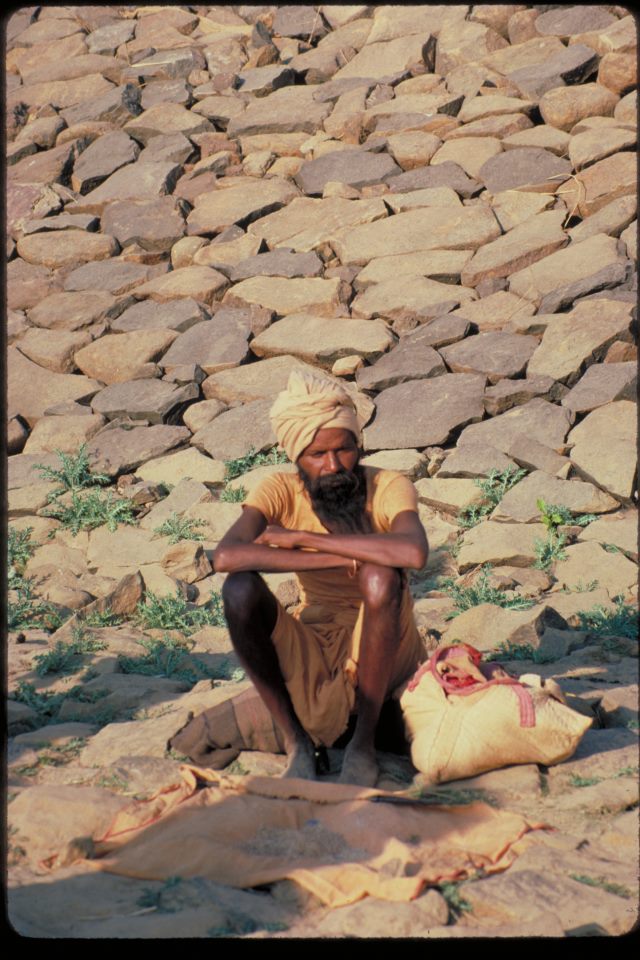
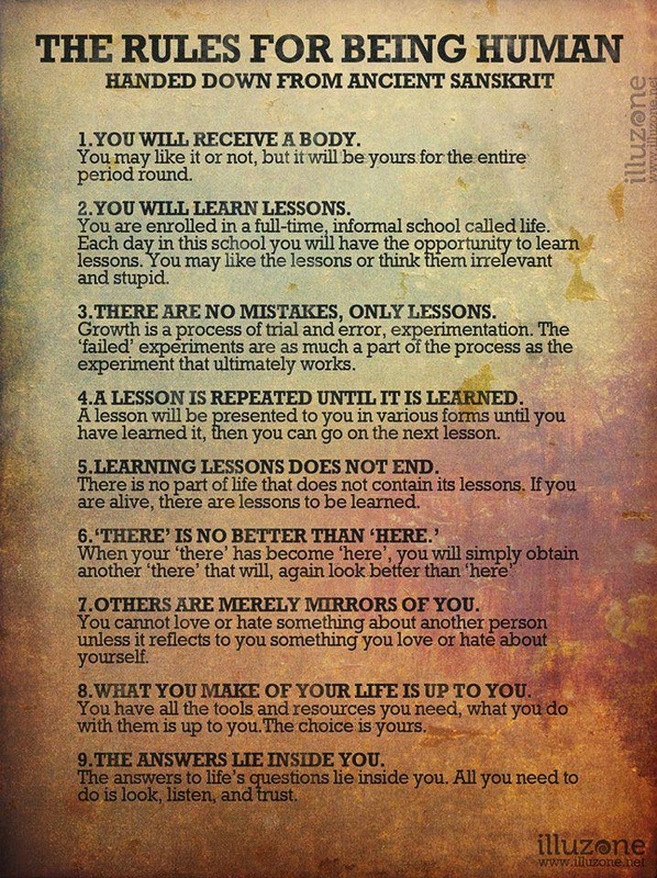
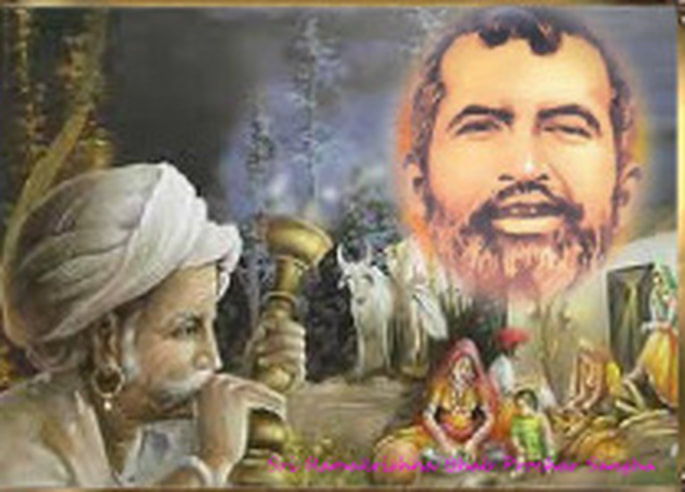
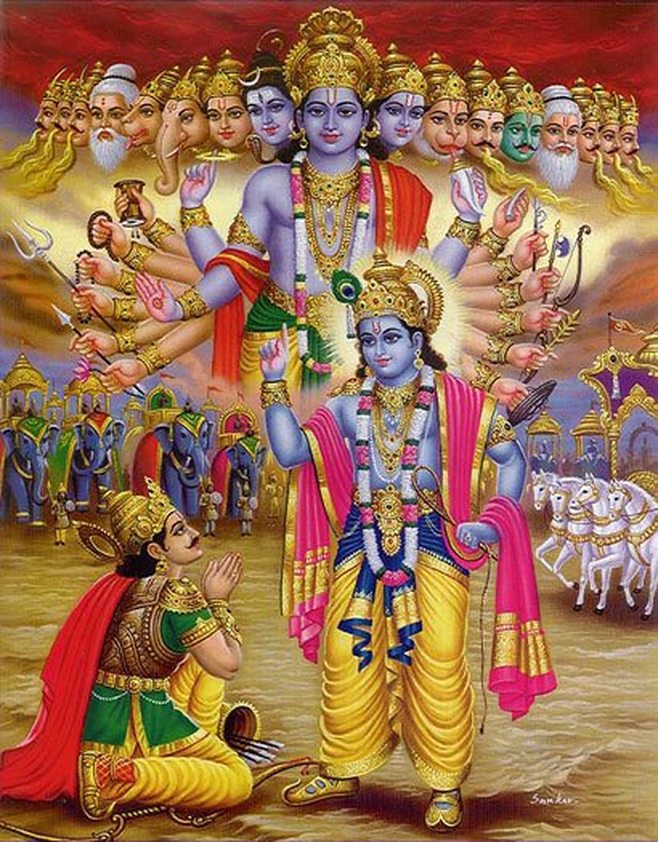
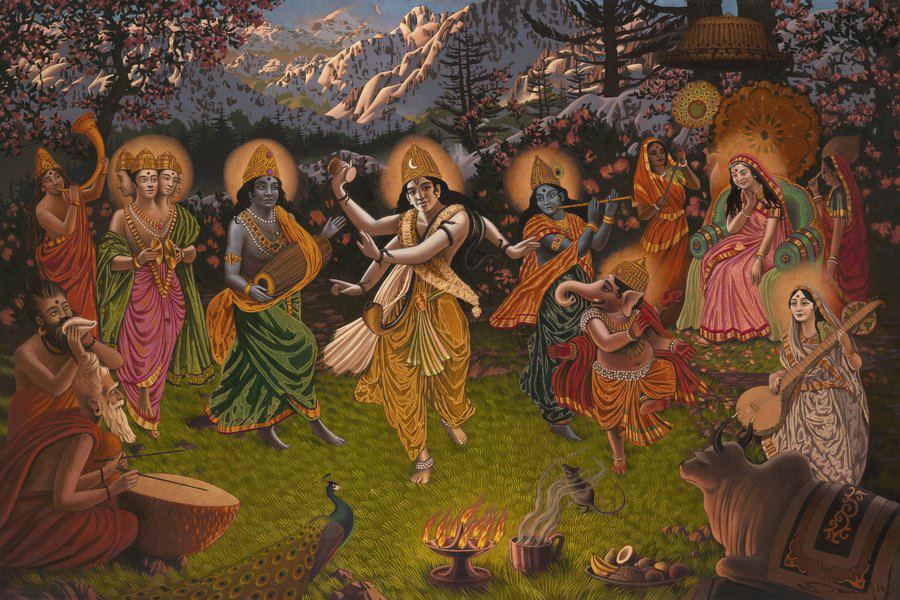
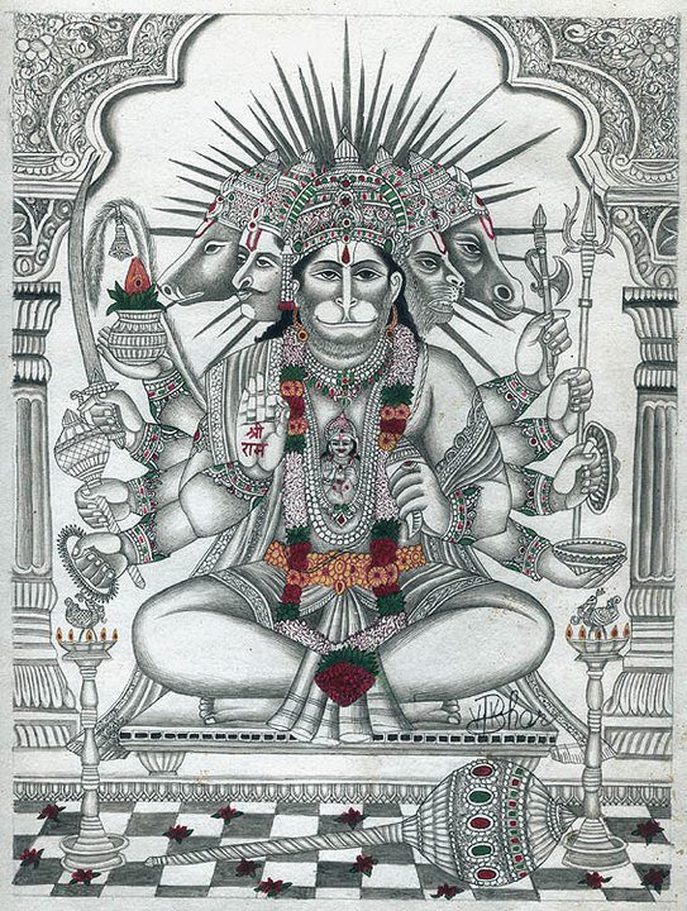
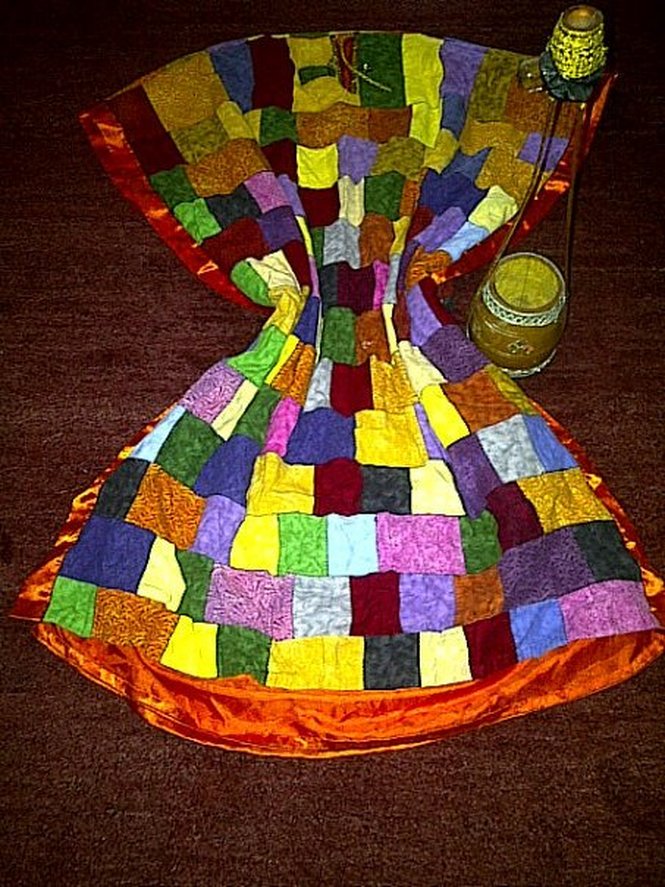
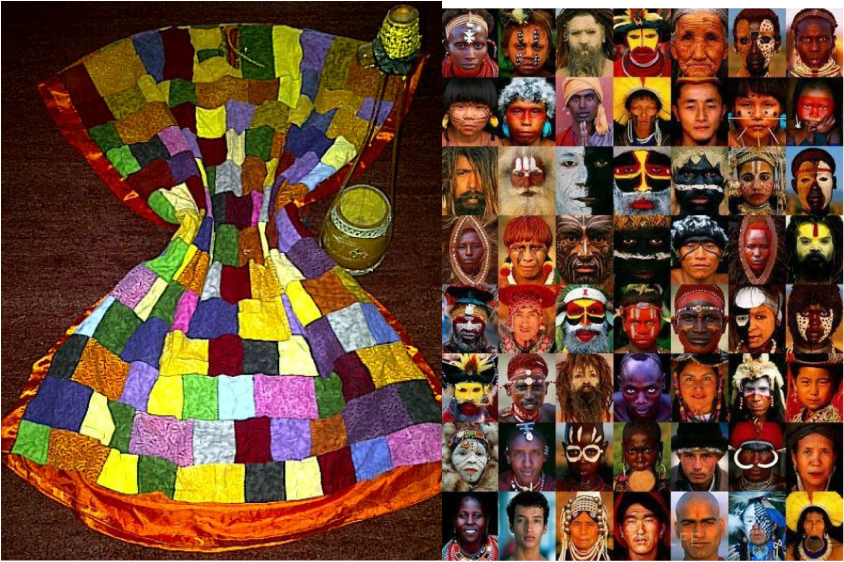
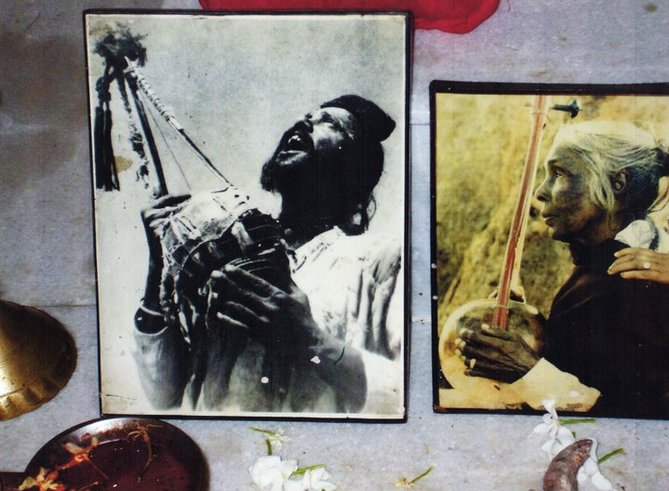
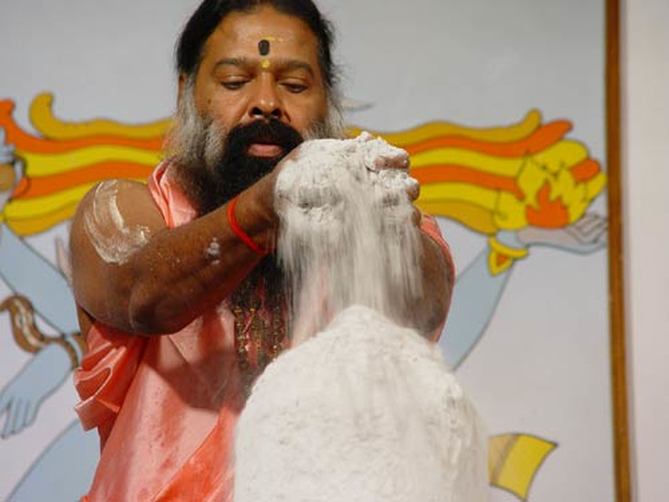
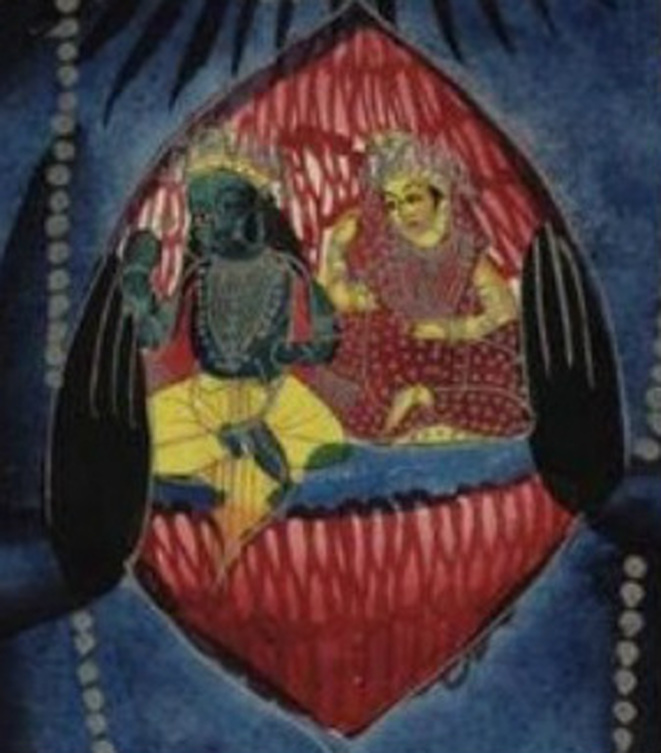

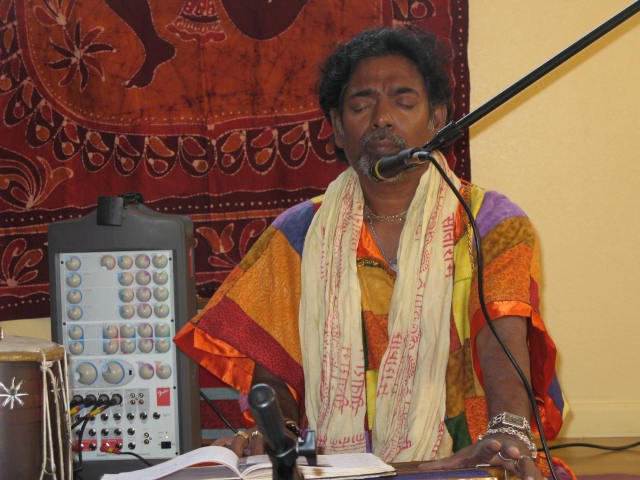
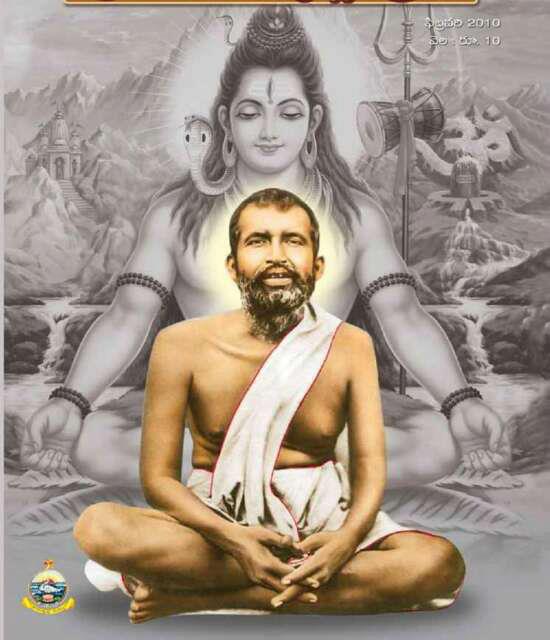
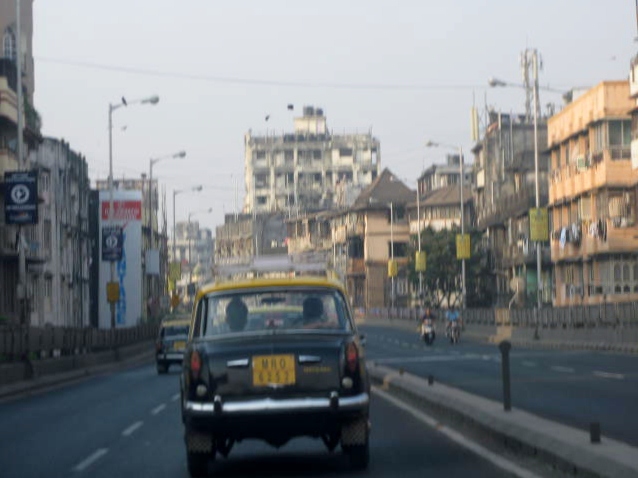
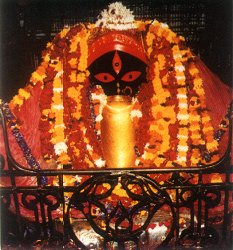
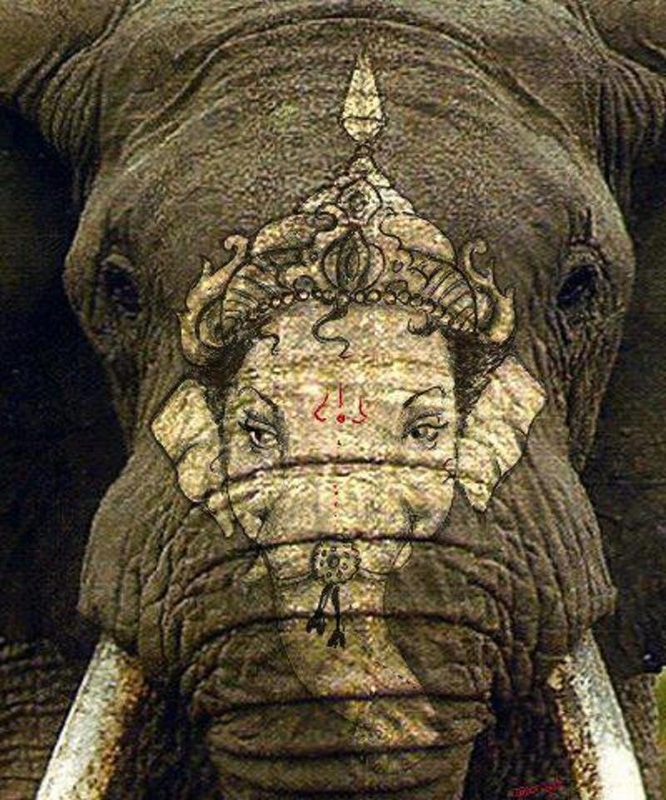
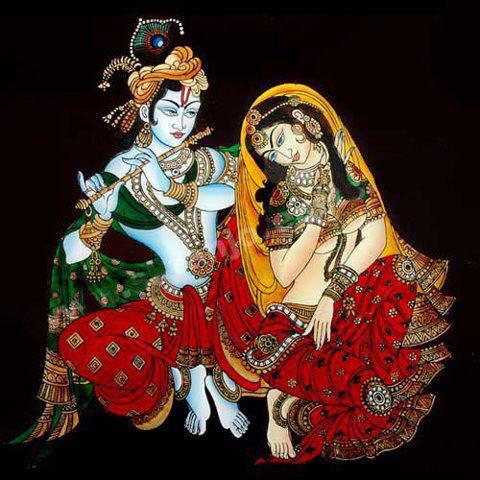
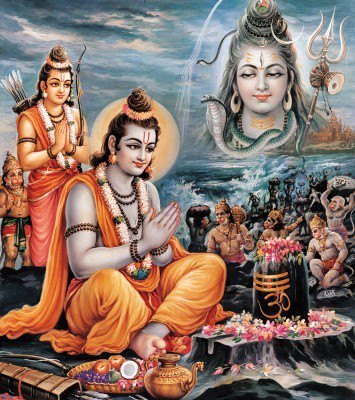
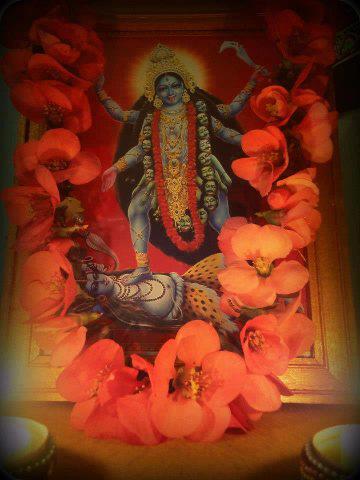
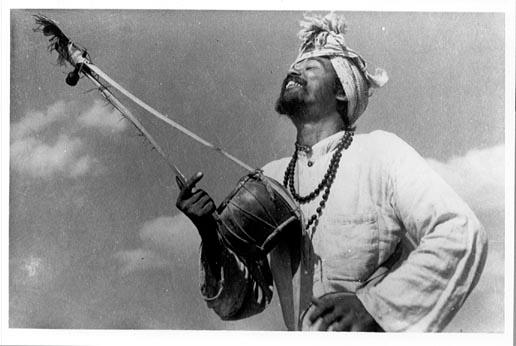
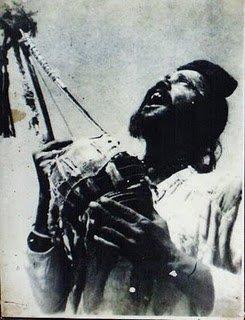
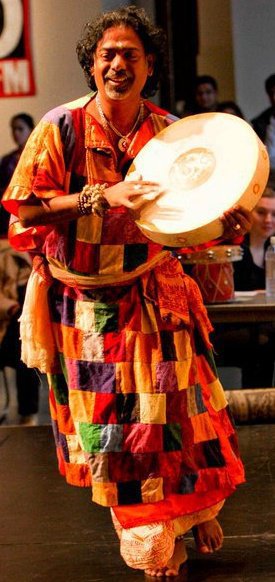
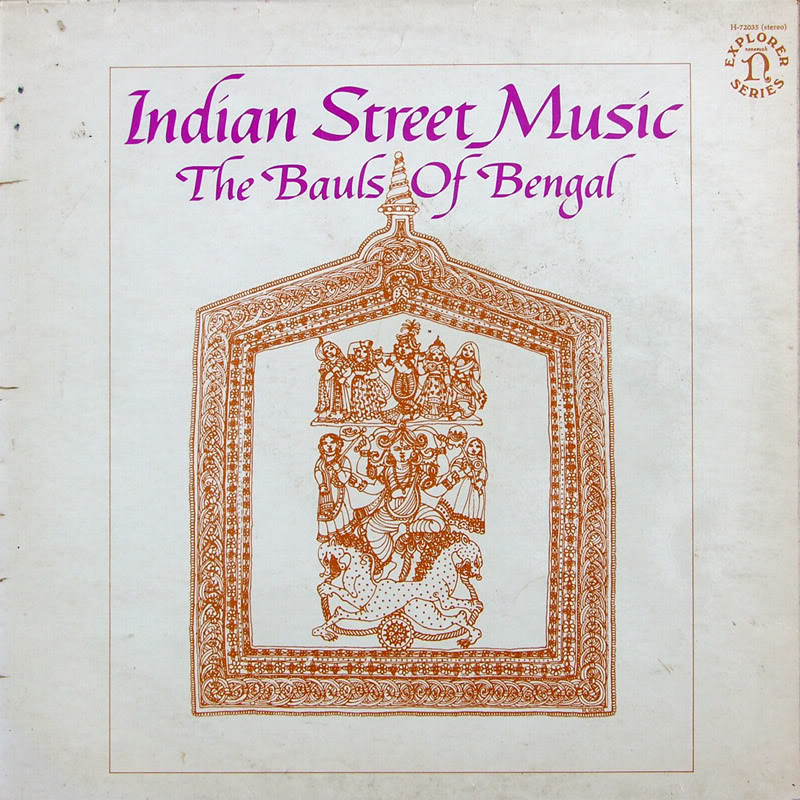
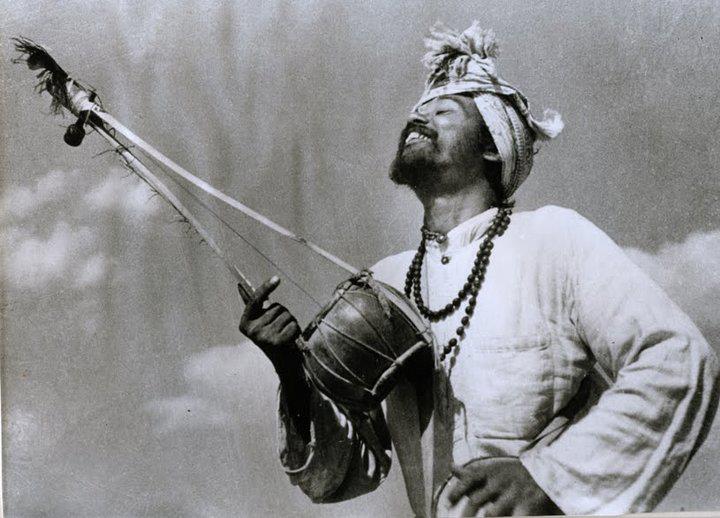
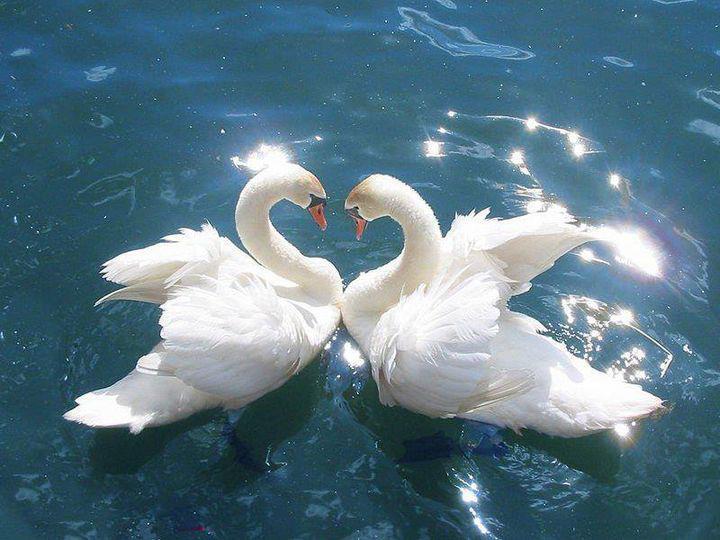
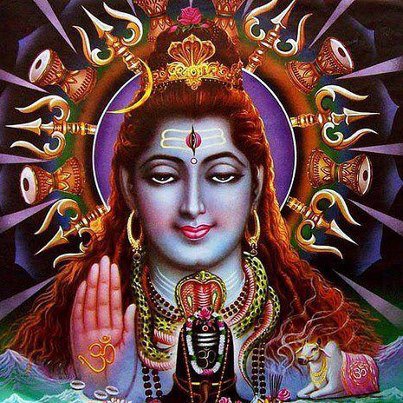
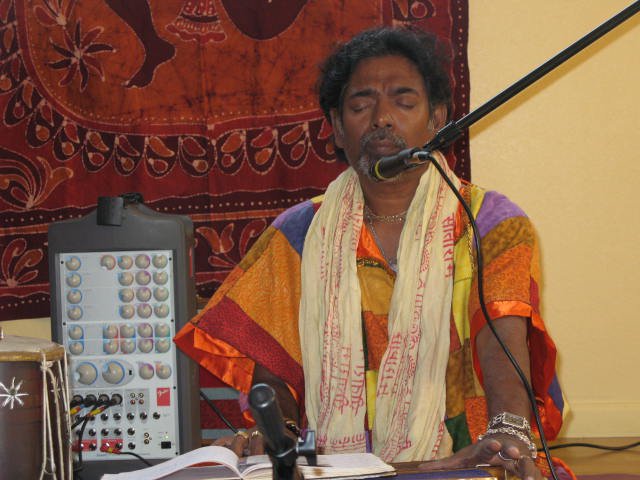
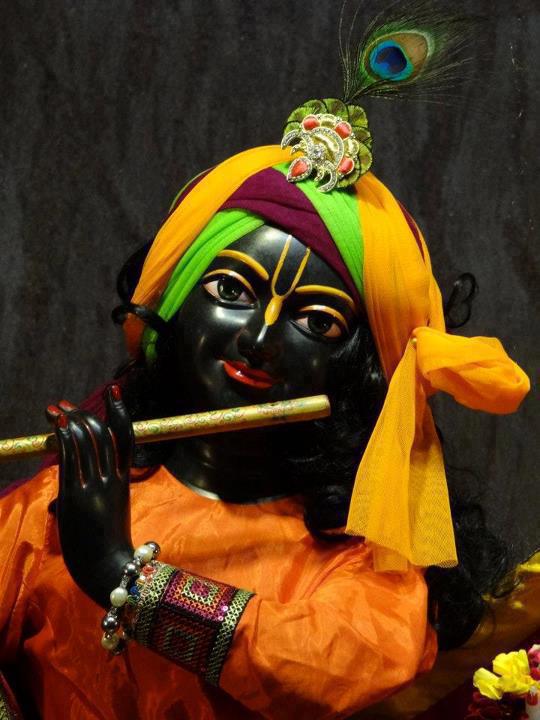
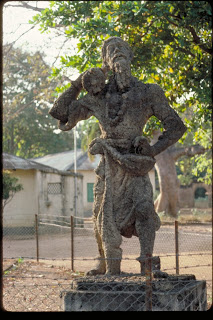
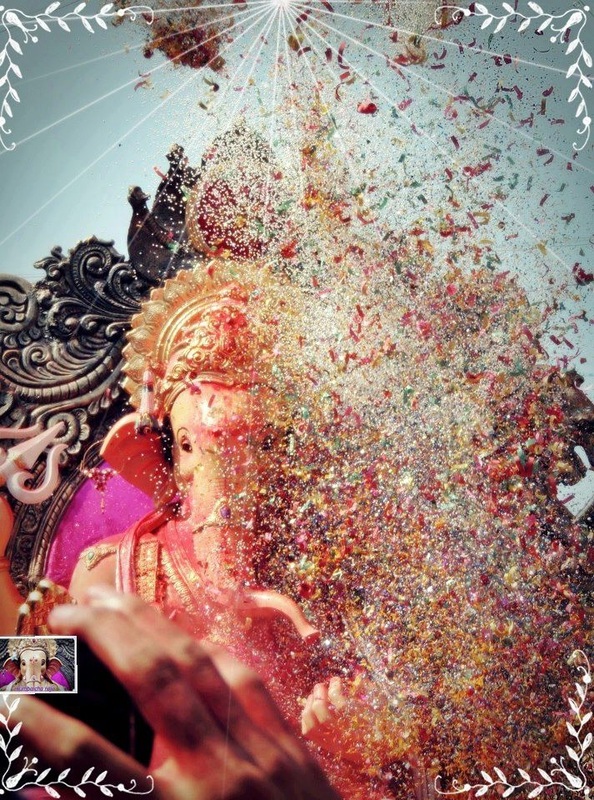
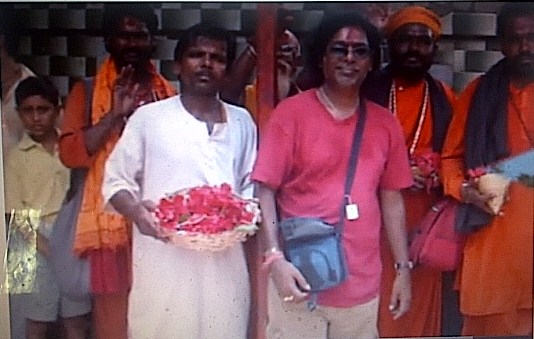
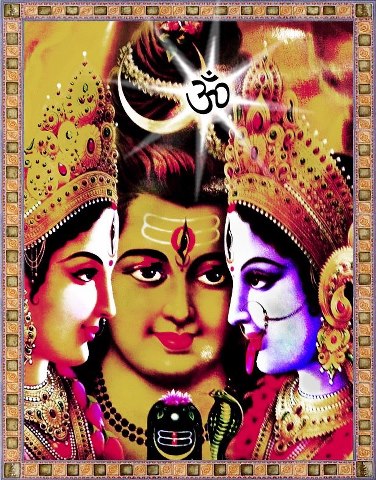
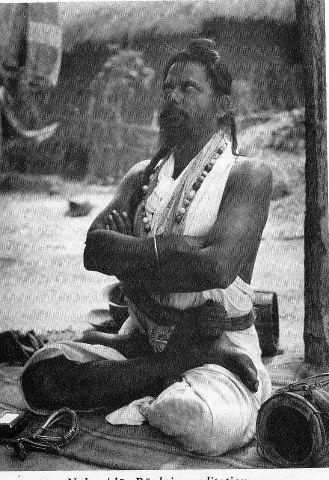
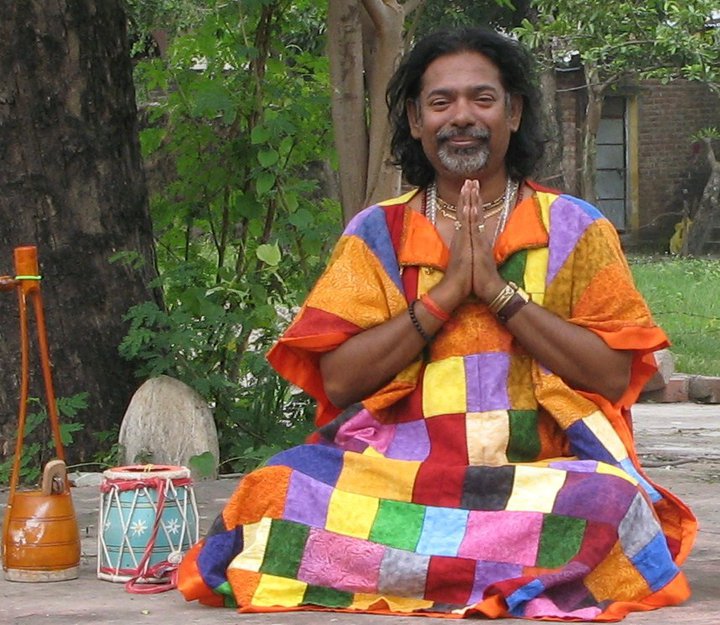
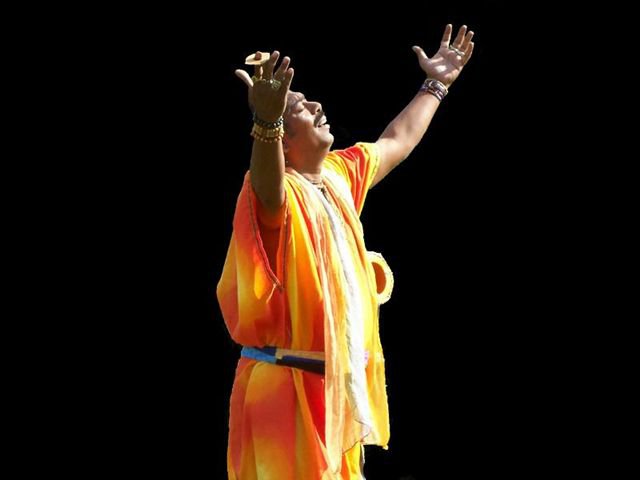
 RSS Feed
RSS Feed
